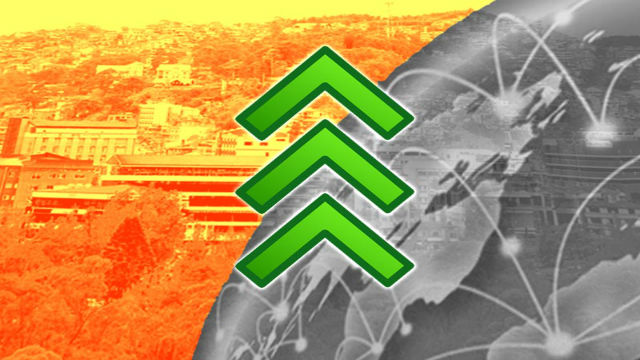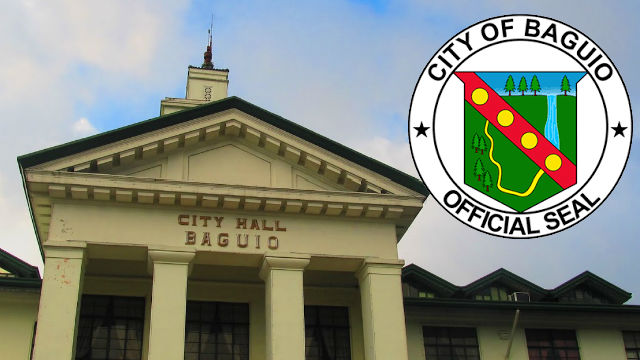BAGUIO CITY – The Philippine Statistics Authority-Cordillera (PSA-CAR) reported that the Gross Regional Domestic Product (GRDP) grew by 7.3 percent in 2018. This was presented during the Press Conference on the 2018 Report on the Economic Performance of the Cordillera Administrative Region 2018 on April 25 in Baguio City. NEDA-CAR stated that the region has had economic growth for the sixth straight year (since 2013). NEDA added that the 2018 growth rate is well above the regional target of 4.4 to 5.4 percent set in the Regional Development Plan 2017-2022.
The GRDP was estimated at ₱164.9 billion from ₱153.6 billion in 2017. A major contributor is the industry sector which grew 9.2 percent despite the decline in mining and quarrying production. The services sector also grew by 7.5 percent.The only sector that decreased in production in 2018 is agriculture with a 5.3 percent decline. PSA-CAR noted that the agriculture sector is not large enough to affect the overall growth of the region’s economy. The over ₱12 billion produced in the agriculture sector is only 7.3 percent of the region’s economy which is largely industry-led which contributed 53 percent or ₱87.5 billion. The services sector comprises 39.7 percent of the economy or ₱65.4 billion.
According to NEDA-CAR, the steady GRDP growth since 2013 is a positive indicator of the region’s improving economy. However, the leading economic authority of the region noted that more steps need to be taken to improve the agriculture sector. PSA-CAR noted that around 40% of all workers in the region are employed in the sector. One assertion of NEDA-CAR is the need to add to the value of the crops produced in the region by post-processing which will increase the contribution of the agriculture sector to the overall regional output. The region was also a large beneficiary of the current administration’s Build, Build, Build program which increased the output in the construction sector despite the decrease in mining and quarrying production.
NEDA-CAR, from the representatives from the Policy Formulation and Planning Division, noted that the region’s economy is not only industry-led but also Baguio-focused. They said there are plans to develop other growth areas in the region. Primary of these are the BLISTT (Baguio, La Trinidad, Itogon, Sablan, Tuba, and Tublay) and TRiPT (Tabuk, Rizal, Pinukpuk, and Tanudan) areas. TRiPT, in particular, is planned in the Regional Development Plan (RDP) 2017-2022 as the primary agri-industrial center of the region as well as the center of the autonomous government once regional autonomy is achieved. NEDA-CAR urged Cordillerans to join them in updating the Regional Development Plan 2017-2022 and other plans in June to better strategize for the entire region’s development beyond its economic center.
“The region continued to show positive growth. We need to sustain and disperse this growth.”, said Policy Formulation and Planning Division Chief Gregorio Ariz of NEDA-CAR. “We need to encourage LGUs to make their areas more competitive for investments…strengthen our agriculture through value-added activities and reduce its vulnerabilities to typhoons…and let us support our region’s quest for autonomy so that we can have policies that are responsive to our unique conditions”.
By Marlo T. Lubguban














